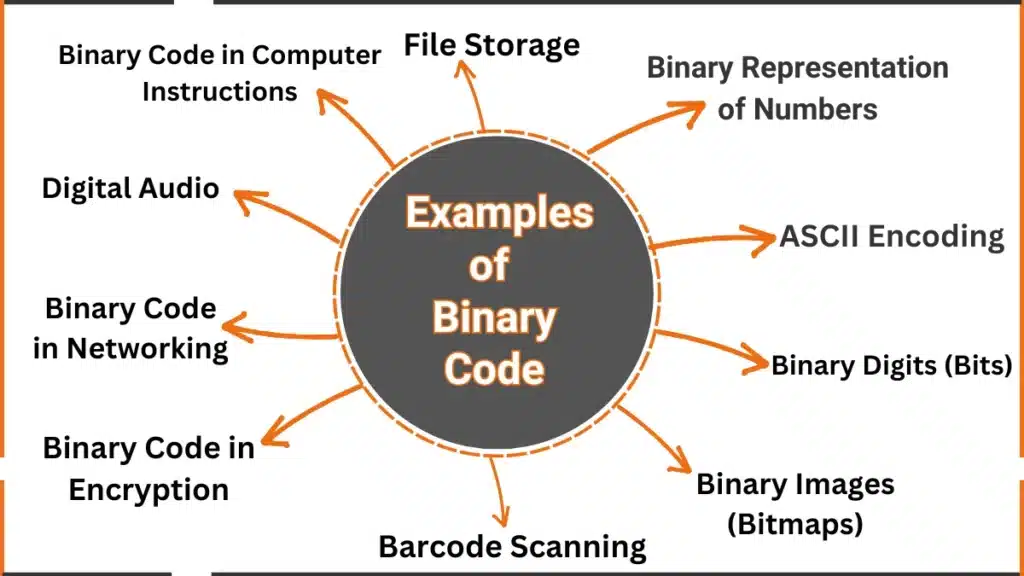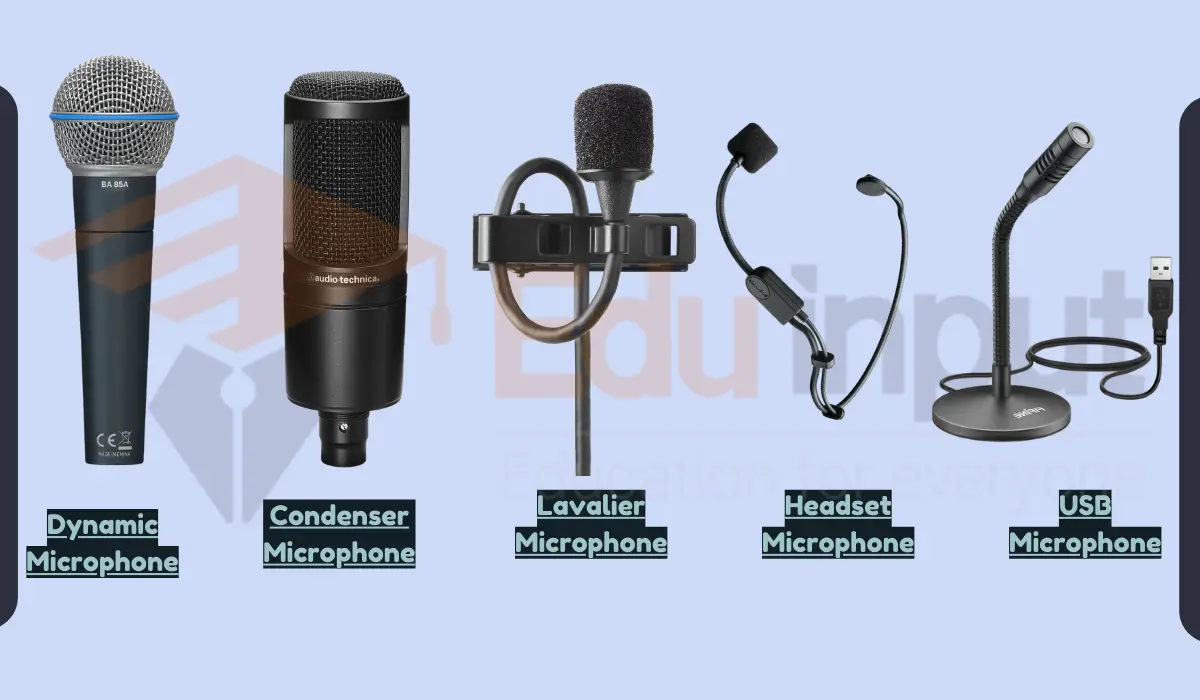10 Examples of Binary Code
Binary code is the fundamental language of computers, representing data using only two symbols: 0 and 1. It is the foundation of all digital information processing. In this article, we’ll explore 10 examples of binary code and how it’s used in different aspects of computing and technology.

Examples of Binary Code
Here are some examples of binary code:
1. Binary Digits (Bits)
At the core of binary code are binary digits, commonly known as bits. A single bit can represent one of two values, 0 or 1. These bits are the building blocks of all digital information.
2. ASCII Encoding
The American Standard Code for Information Interchange (ASCII) represents characters, numbers, and symbols using 7 or 8-bit binary codes. For instance, ‘A’ is represented as 01000001 in ASCII binary.
3. Binary Representation of Numbers
Binary code is used to represent numeric values. For example, the decimal number 25 is represented as 11001 in binary.
4. Binary Images (Bitmaps)
Images on computers are often stored in binary format. Each pixel’s color is represented using binary code. This allows for the creation and display of intricate graphics and pictures.
5. Binary Code in Computer Instructions
Computer processors understand and execute instructions encoded in binary. These instructions are essential for running software and performing tasks.
6. File Storage
Computers store files as sequences of binary data. Each file format has a specific structure defined by binary code, ensuring data integrity and readability.
7. Digital Audio
Audio files, such as MP3s, use binary code to represent sound waves digitally. Each sample of sound is encoded in binary, enabling high-quality audio playback.
8. Binary Code in Networking
Data transmitted over the internet is sent as binary code. This allows for the rapid exchange of information across the globe.
9. Binary Code in Encryption
Encryption algorithms use binary code to secure sensitive data. Complex binary patterns are employed to scramble information, making it indecipherable without the correct decryption key.
10. Barcode Scanning
Barcodes on products contain binary information. When scanned, the binary data is translated into product details, enabling quick and accurate inventory management and sales tracking.
FAQs
What is a binary system in a computer?
The binary system in a computer is a way of representing data using only two digits: 0 and 1. These two digits (bits) are used to perform calculations, store data, and run programs on computers.
How to calculate binary?
To calculate binary, divide the decimal number by 2 and record the remainder. Then, write the remainder in reverse order to get the binary number.
What exactly is a bit?
A bit (short for binary digit) is the smallest unit of data in a computer. It can have one of two values: 0 or 1.







Leave a Reply